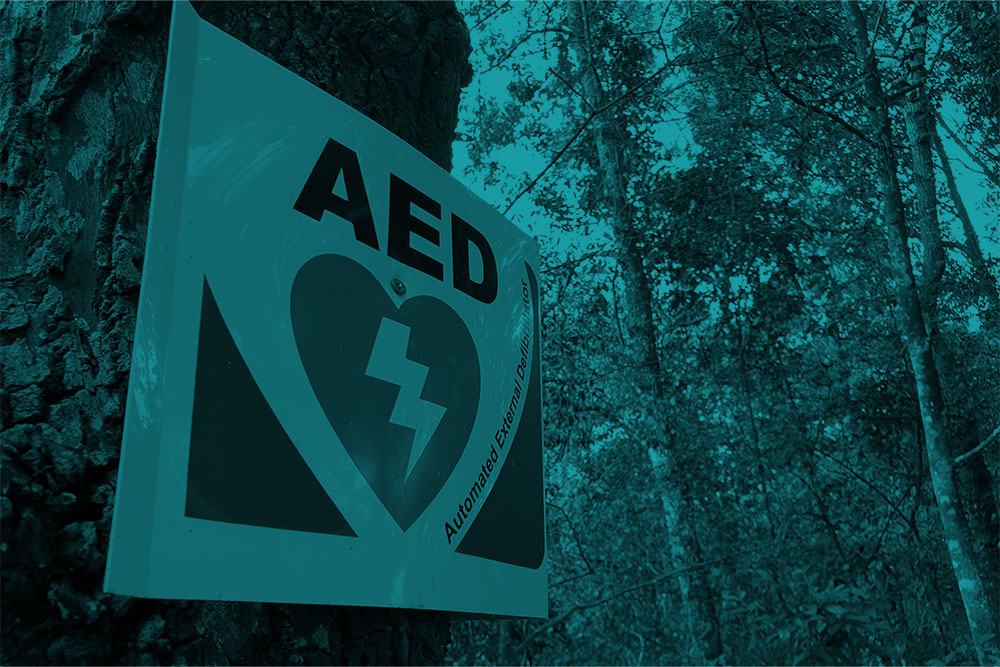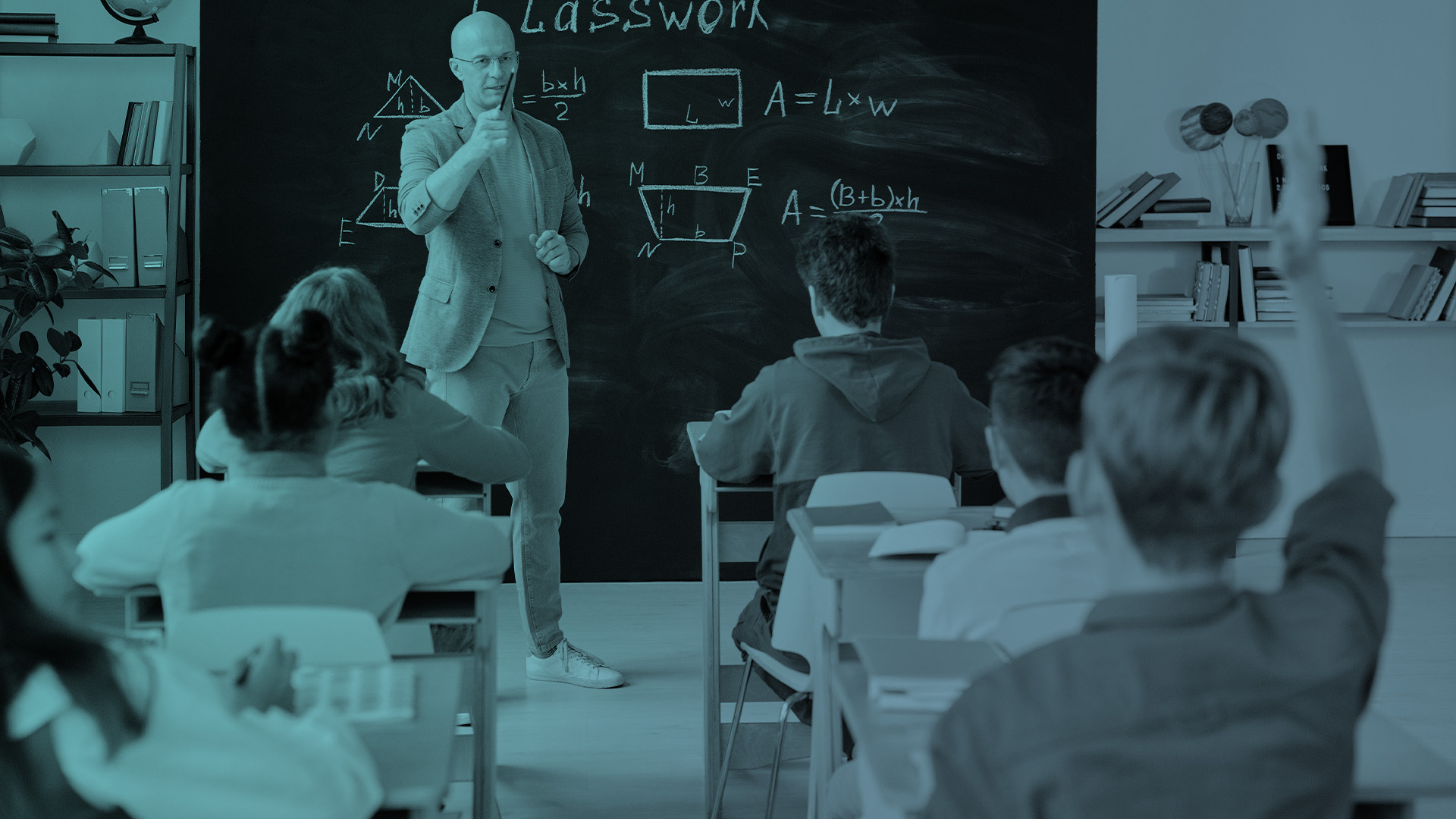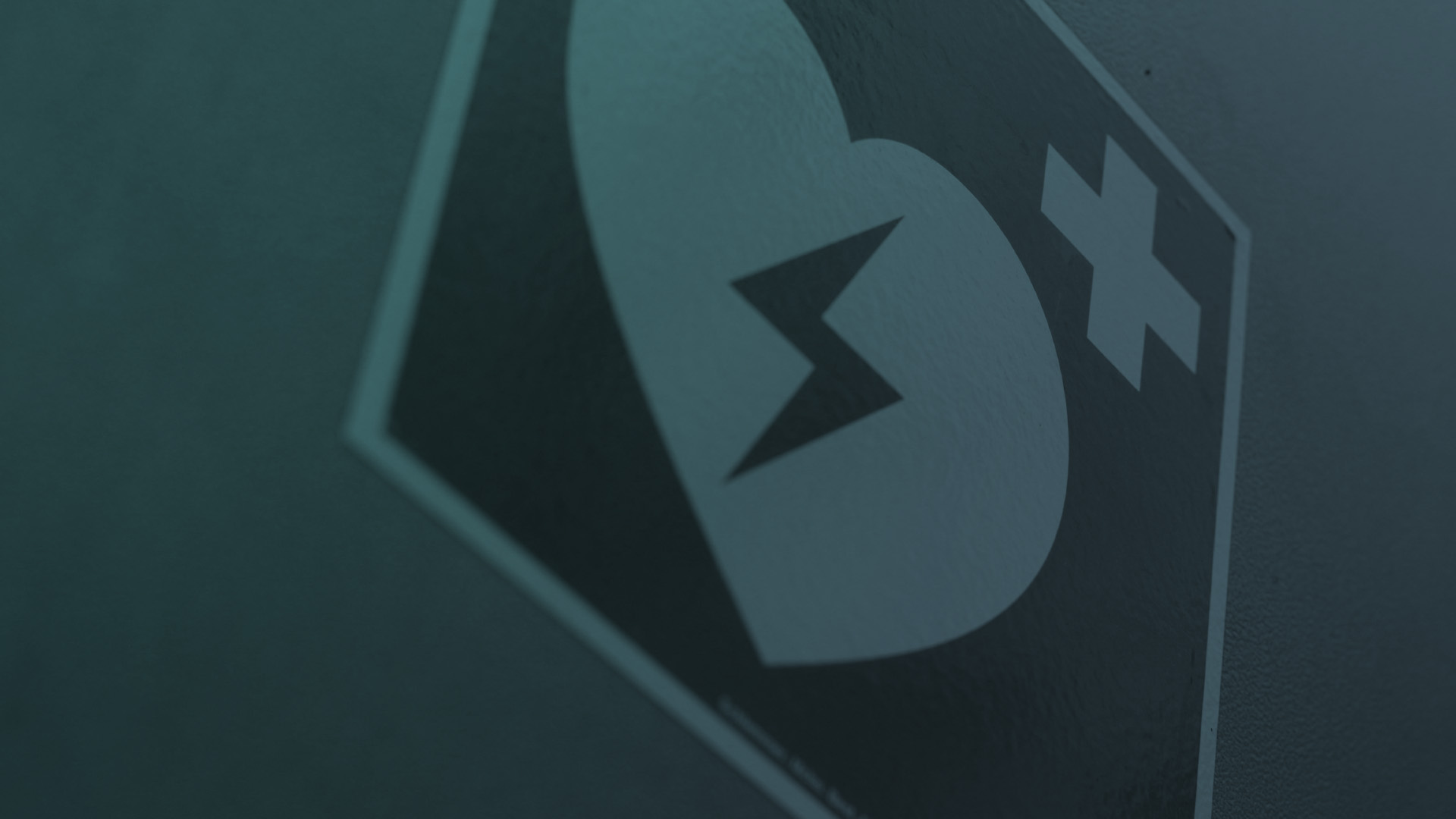Abstract
Background: Sudden cardiac arrest (SCA) during sports can be the first symptom of yet undetected cardiovascular conditions. Immediate chest compressions and early defibrillation offer SCA victims the best chance of survival, which requires prompt bystander cardiopulmonary resuscitation (CPR).
Aims: To determine the effect of rapid bystander CPR to SCA during sports by searching for and analyzing videos of these SCA/SCD events from the internet.
Methods: We searched images.google.com , video.google.com , and YouTube.com , and included any camera-witnessed non-traumatic SCA during sports. The rapidity of starting bystander chest compressions and defibrillation was classified as < 3, 3-5, or > 5 min.
Results: We identified and included 29 victims of average age 27.6 ± 8.5 years. Twenty-eight were males, 23 performed at an elite level, and 18 participated in soccer. Bystander CPR < 3 min (7/29) or 3-5 min (1/29) and defibrillation < 3 min was associated with 100% survival. Not performing chest compressions and defibrillation was associated with death (14/29), and > 5 min delay of intervention with worse outcome (death 4/29, severe neurologic dysfunction 1/29).
Conclusions: Analysis of internet videos showed that immediate bystander CPR to non-traumatic SCA during sports was associated with improved survival. This suggests that immediate chest compressions and early defibrillation are crucially important in SCA during sport, as they are in other settings. Optimal use of both will most likely result in survival. Most videos showing recent events did not show an improvement in the proportion of athletes who received early resuscitation, suggesting that the problem of cardiac arrest during sports activity is poorly recognized.
Full article;










